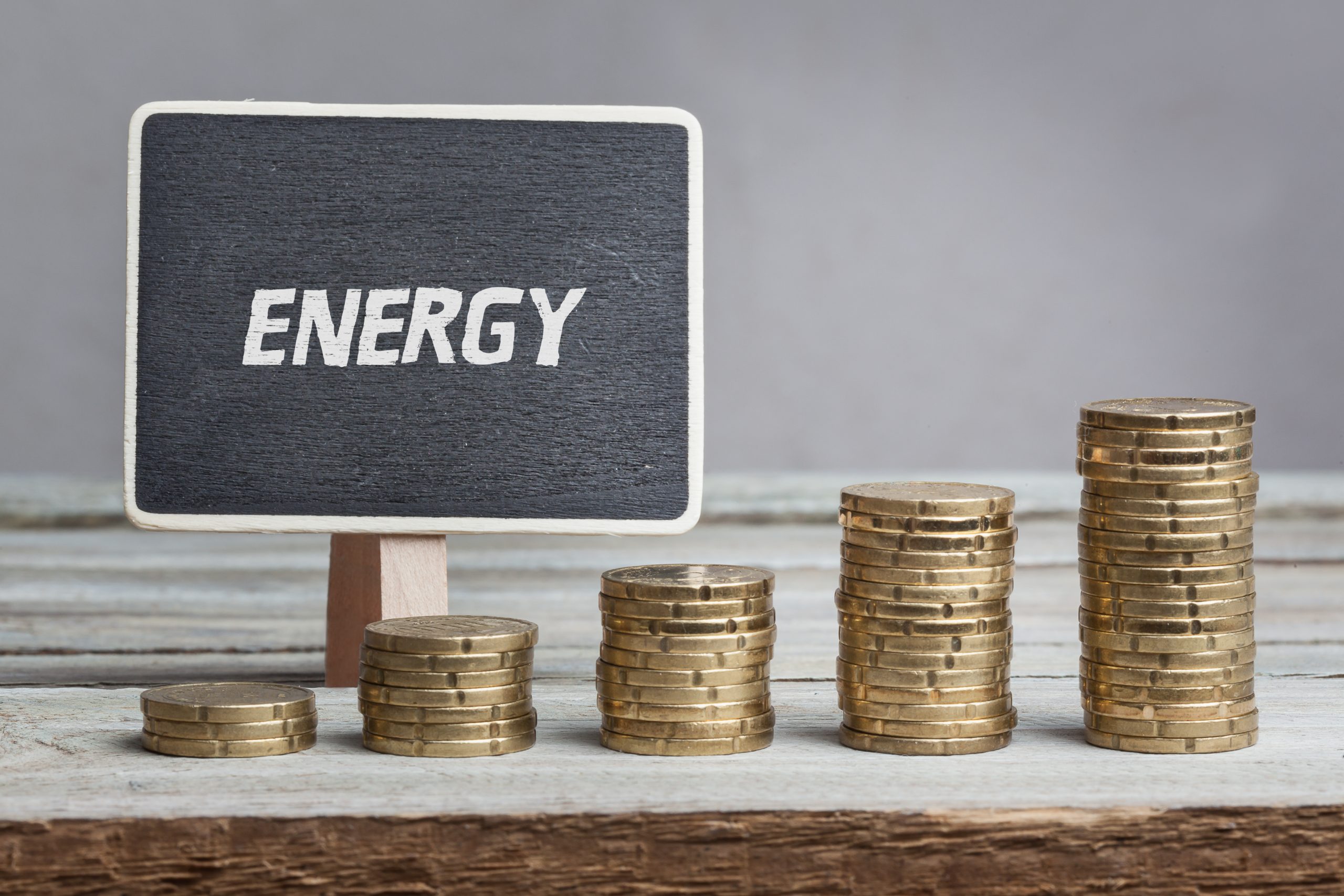

Anticipated surge in electricity market prices by 2024 with sustained rates significantly higher than pre-crisis figures throughout the decade
Energy expenses for UK households are poised to escalate in the subsequent year. A prominent forecasting agency has indicated that electricity market rates are expected to climb in 2024 and will continue to exceed levels seen before the energy crisis for the remaining years of the decade.
Cornwall Insight, an analytical firm, has projected that the average wholesale power costs in Britain, which stood at £96.64 per megawatt-hour for the current year, are likely to increase to £129/MWh in the following year. This rise is primarily attributed to inflated gas prices, a direct consequence of the ongoing conflict in Ukraine.
The forecast is based on data from commodity futures markets as of the end of September. However, since that assessment, the cost of gas and electricity has experienced further increases amidst concerns that the conflict between Israel and Hamas might disrupt oil and gas supplies.

Electricity rates are predicted to remain significantly high until the decade’s end, sustaining a level that is at least 60% above the 2021 figures, which were before the post-Covid-19 economic rebound drove market prices up.
Experts foresee that the incorporation of more renewable energy sources into the power grid, diminishing the dependence on gas-powered stations, will eventually lead to a decrease in market prices. Yet, these prices are expected to remain over £80/MWh, which is still considerably higher than before the energy crisis erupted.
Tom Edwards, a senior modeller with Cornwall Insight, commented that any delay in the UK’s progression toward renewable energy could prolong elevated energy bills. Cornwall’s recent analysis suggests that the UK is on track to fall short of its ambition to quintuple offshore wind capacity to 50GW by 2030 due to escalating supply chain costs.
“Any retreat from our net zero goals and a slower transition from fossil fuels may result in expensive setbacks. This will not only impede our decarbonization efforts but also mean sustained high energy costs for consumers,” Edwards remarked.
He further pointed out that without staunch dedication to a greener, more sustainable future, the dual objectives of achieving net zero emissions and reverting to pre-crisis energy prices become increasingly difficult to attain.
According to Cornwall’s projections, by the year 2030, offshore wind is expected to constitute 26% of the UK’s electrical capacity, a rise from the current figure of about 13%. In contrast, the proportion of gas-fired power capacity is anticipated to halve from 27% to 13% within the same timeframe.
Edwards noted, “The UK is on the right trajectory towards an electricity system powered by renewables. Nevertheless, our projections indicate that the pace is too slow to meet the government’s set targets.”
The wholesale costs of gas and electricity account for just over half of the average domestic energy bill. The remaining costs are for grid enhancements to integrate new renewable energy sources and for funding government initiatives that support low-carbon energy ventures.
Edwards emphasized the urgency of the situation, urging the government to re-evaluate its commitment to hastening the transition to renewable energy. This entails adopting more flexible strategies, particularly in auction settings, to achieve the country’s offshore wind objectives.